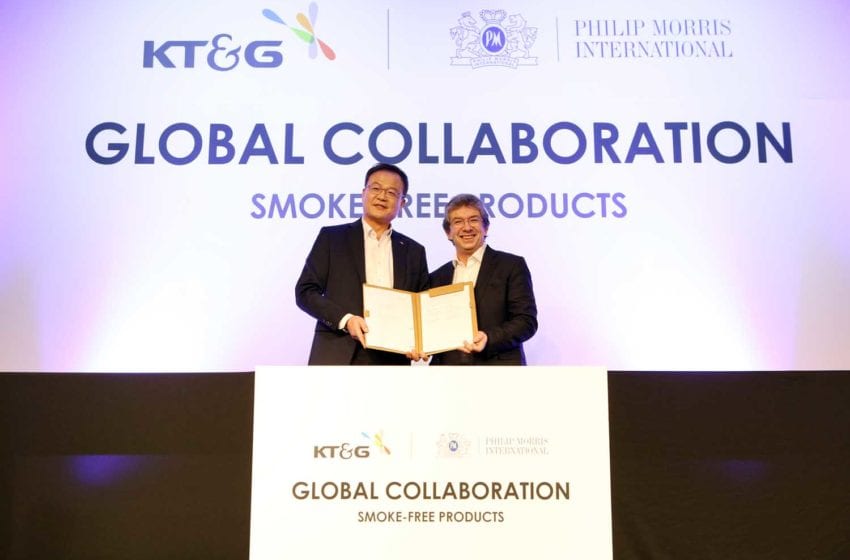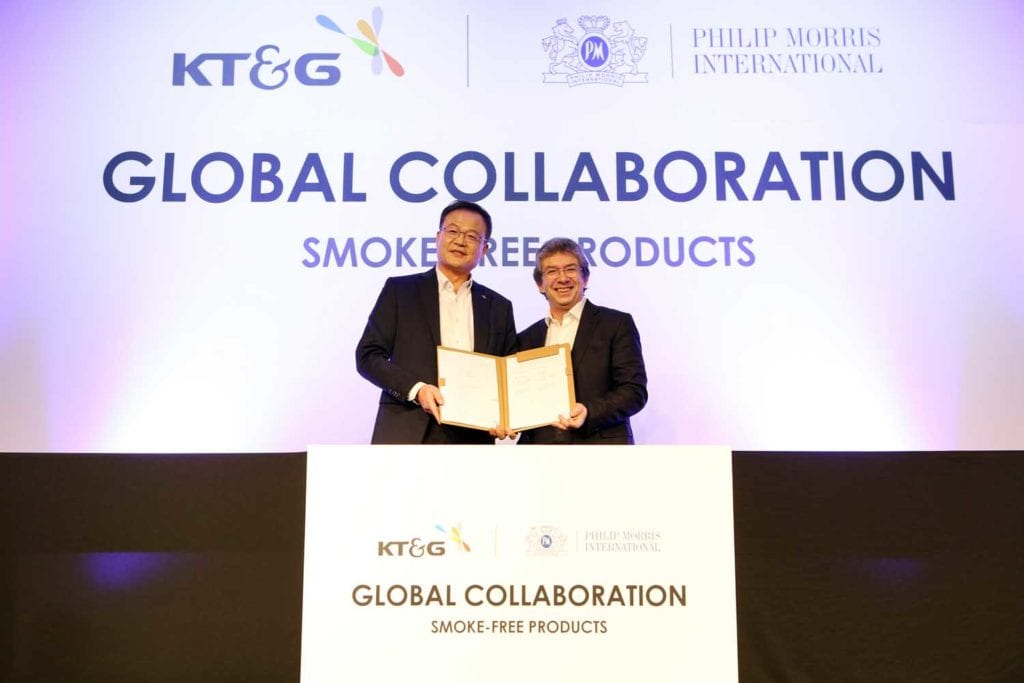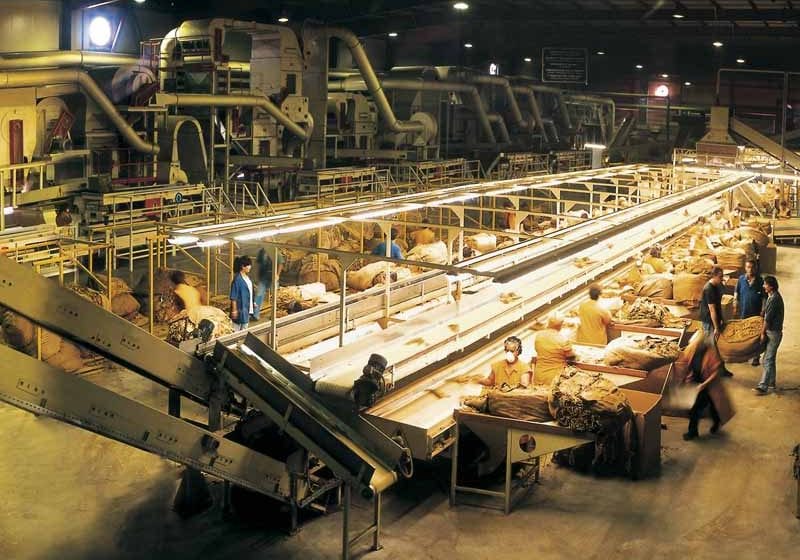Hauni has just released an astonishingly flexible multifilter maker.
By George Gay
Somebody whose knowledge of packaging ranges across a lot of fast-moving consumer goods told me recently that tobacco manufacturers were good at coming up with new ideas for tobacco packs, and this seemed like quite a compliment given the restrictive regulations under which these manufacturers often operate.
But there is another sector of the industry where, arguably, you can see even more inventiveness and variety coming through, and that is the filters sector. The evolution of the multisegment filter has reached a point where the large numbers of segments, or base rods, that can be combined and included on one cigarette, the variety of the base rods available and the various orders in which they can be brought together mean that the number of different filters that can be produced is simply enormous.
And not only can these multifilters be produced, but they are being produced—in ever growing numbers. Cigarettes with multifilters no longer comprise a market niche; they are mainstream.
So it is timely that Hauni’s multifilter maker, the KDF 6MF LEAD, which made its debut in November 2016 at a company exhibition and which was first sold a little over a year ago, has just been released for general sale—for sale with all its specifications to all customers.
The “6” in the name designates its maximum capacity of 600 meters per minute, but perhaps the most important piece of information is conveyed by the “LEAD” designation. To say that LEAD stands for length and diameter, as it does, is to underplay its significance because this acronym more broadly stands for flexibility—a higher level of flexibility that Hauni is rolling out as it redesigns the machinery across its portfolio to LEAD standards.
Klaus Masuch, who heads a department of product placement managers and who heads two of the department’s divisions, filter making and logistics, told me that such flexibility manifested itself in two distinct ways in the 6MF LEAD. First, the machine could be supplied with up to four modules, meaning that it could be used to produce a filter comprising up to four completely different base rods. And second, a three-dimensional conversion involving base-rod length, diameter and segmentation could be carried out on a three-module machine in less than six hours. To put that into perspective, a simple conversion of an early generation filter maker apparently took up to two weeks.
Did I hear somebody ask, “A quadruple filter?” Well, I posed the same question, and yes, there are apparently at least two brands of traditional cigarettes on the market with quadruple filters. But, as Masuch explained, demand for such filters is very much being driven by the evolution of heat-not-burn (HnB) products, all of which apparently use at least triple filters and most of which use quadruple filters. In fact, he said that the 6MF LEAD could be considered to be a main component of an HnB production line. Hauni had developed a specific multisegment maker for HnB production—one that combined the tobacco rod as well as the filter base rods.
For companies looking to control their investments but expand their portfolios of products, the 6MF LEAD can be used on the one hand to produce multifilters for regular cigarettes while on the other hand to produce multifilter components for HnB production.
Masuch makes no bones about the fact that there is a considerable investment to be made in taking on multifilter production. It adds to production complexity by adding another step, with its accompanying logistics and increased footprint, between filter-rod production units and cigarette makers. In the case of a four module 6MF LEAD, it could be that it would be necessary to include four KDF6 base-rod makers. However, the KDF6 can be equipped with a Flexport system whereby a basic monoacetate module can be replaced with others capable of producing just about all of the base-rods currently available, including, for instance, those with charcoal, capsules, threads and channel ventilation.
On a more general level, the 6MF LEAD, along with other Hauni machinery, has been designed to operate with maximum efficiency, which means, in part, minimum energy usage. In fact, during the past few years, energy consumption per unit output is said to have come down by something like 20 percent to 25 percent. Part of this reduction will no doubt be down to the changes that have been made so as to move to machines that use no oil, a move that has the added benefit of reducing noise levels considerably.
Talking with Masuch, I got the impression that filter makers and combiners were becoming increasingly important to Hauni’s business, and I asked him whether he was confident about the future for such machines. Absolutely, he said. With the introduction of the 6MF LEAD, the Hauni filter equipment portfolio had been rounded off and now ran from a standard, low-investment base-rod making unit up to the LEAD family of machines. This equipment allowed manufacturers to produce almost every specification of filter at different speeds, in different volumes and at different costs.
Hauni’s portal comes with comprehensive features to support customers in their daily work
With the launch of its new customer platform myPORTAL, German tobacco equipment manufacturer Hauni says it offers registered clients a new user experience in the procurement process and beyond. The portal will replace the company’s webshop, which had been live for more than two decades.
“The biggest difference between the two platforms is that our former webshop focused on the spare and wear parts business, whereas myPORTAL is an online experience platform with an integrated webshop,” says Elena Enns, marketing communications manager at Hauni, who has been involved with the development of the new solution from the outset.
“The target group of our old web shop was mainly purchasing managers. Now we can also address maintenance managers, project engineers, corporate functions as well as operators with relevant topics. They all will find solutions that are pertinent to their work.”
The platform enables closer collaboration by ensuring transparency over joint projects with Hauni. A new project space allows project members to exchange documents with other members throughout the company, to create milestones and to archive projects after completion.
Far more than a webshop
The portal focuses on several topics—machine information, spare parts management and convenient shopping. In addition to equipment information such as serial number, delivery date and warranty status, the machinery and assets section provides users with more than 100 of Hauni’s technical improvement programs (TIPs) for the appropriate machine type and a direct link to the latest software information for specific machines. In the future, the company says, it will also offer downloads of updated machine software. A direct linkage to machine’s documentation enables users to identify spare parts from the technical documentation and load them directly into their shopping carts.
The platform’s spare parts management service supports customers in avoiding obsolescence issues. It contains a sophisticated analysis feature that can identify obsolete electrical and electronic spare parts and their successor products. A “where used” function shows users in which machines the obsolete part is still installed.
The webshop offers a convenient shopping experience. Beyond price, availability and customs information it allows users to compare formats with a few clicks and load up to 150 articles into their shopping cart at once. When utilizing the webshop customers receive a 2 percent discount over regular orders.
A detailed product page instantly shows whether the part can be repaired. If repair is possible, users can initiate the process with a repair request from the platform. For customers seeking spare parts with a longer service life, the search function will indicate availability of premium versions.
The platform also features explanatory videos, a manual and personal support.
“This is procurement convenience at its best—beyond price and availability information, product comparison, usage of customer-specific article numbers,” says Enns. “The topics the portal covers interlock and facilitate working with Hauni machines for our customers. An intuitive and state-of-the-art user guidance leads clients through complex themes. Single-source information as well as collaboration have been completely redesigned and implemented in myPORTAL. As far as we know, such a convenient touchpoint is unique in the tobacco industry.”














